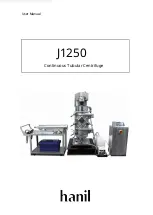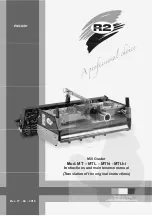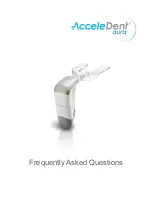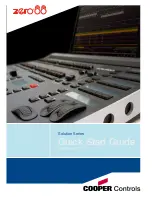
Raised machine (Three-point hydraulics):
¾
Consider the limited stability and steering
capability of the tractor.
¾
For transport on public roads pay attention to
the permissible top speed mentioned in the
type approval!
¾
The specifications in the type approval docu
-
ment or in the technical data are decisive for
the design dependent top speed.
¾
Always match the travel mode to the road
conditions to avoid accidents and damage to
the undercarriage.
¾
Consider your personal abilities, carriage way,
traffic, sight and weather conditions.
Safety in operation
Commissioning
The operational safety of the machine cannot be
guaranteed without orderly performed commis-
sioning. This can lead to accidents with severe
or even fatal physical injuries.
¾
The machine must only be put into operation
after receiving instructions by employees of
the authorized dealer or a HORSCH em-
ployee.
¾
Send the acknowledgement of receipt per
email to HORSCH.
All protective features and safety equipment,
such as detachable protective devices (wheel
chocks, etc.), must be correctly in place and
reliably functioning before the machine is put
into operation.
¾
Check nuts and bolts, especially the ones on
wheels and cultivation tools regularly for tight
fit and retighten if necessary.
¾
Check the tyre pressure at regular intervals,
see maintenance overview.
Damage to the machine
Damage to the machine can impair the op-
erational safety of the machine and cause ac-
cidents. This can lead to severe or even fatal
physical injuries.
The following machine parts are particularly
important for safety:
¾
Hydraulics
¾
Brakes (if available)
¾
Connecting features
¾
Protective features
¾
Lighting
If in doubt about the safety-relevant status of
the machine, e.g. in case of leaking operating
fluids, visible damage or unexpected changes
in travel behaviour:
¾
Immediately shut down and secure the ma-
chine.
¾
If possible, locate and rectify the faults by fol-
lowing these operating instructions.
¾
Rectify possible causes for damage (e.g. re-
move coarse dirt and tighten loose screws).
¾
Have damage, that could affect safety and
that cannot be rectified by yourself, rectified
by a qualified
expert workshop.
9














































